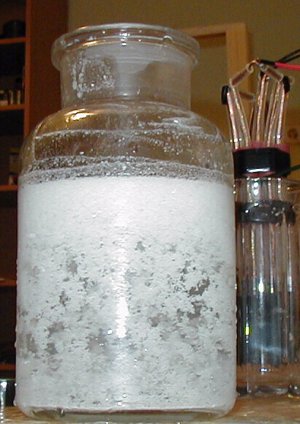

| Quote: |



 ) through the course of the day it never detonated but disappeared, evapourated-vanished! This was a while ago and I did not have much info
on it's properties so I had to find out myself. ORG, if your product does not have this unwanted characteristic, you may have a winner.
) through the course of the day it never detonated but disappeared, evapourated-vanished! This was a while ago and I did not have much info
on it's properties so I had to find out myself. ORG, if your product does not have this unwanted characteristic, you may have a winner.







| Quote: |

| Quote: |



